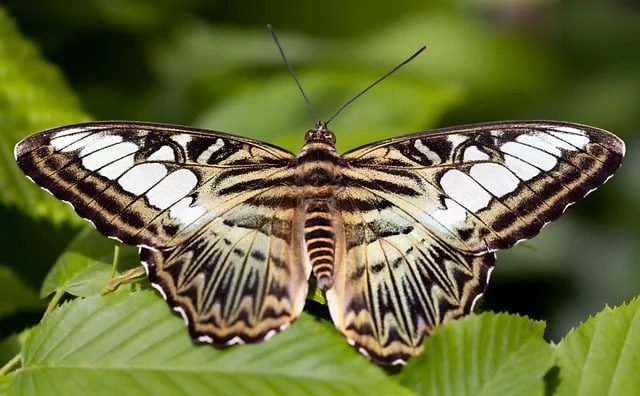Best Plants for Pollinators in fine-gardening in 2024
Table of Contents
Incorporate plants that attract pollinators like bees, butterflies, and hummingbirds. Include a mix of flowering plants that bloom at different times to support pollinators throughout the growing season.

Creating a garden that supports pollinators not only beautifies your space but also plays a crucial role in maintaining the biodiversity and health of local ecosystems. The United States is home to a variety of pollinators, including bees, butterflies, hummingbirds, and moths. These creatures are essential for pollinating many of our food crops and flowering plants, yet they are increasingly threatened by habitat loss, pesticide use, and climate change. Here’s how to create a fine garden that nurtures these vital pollinators.
1. Choose Native Plants
Native plants are the backbone of a successful pollinator garden. They have evolved alongside local pollinators and provide the most appropriate food sources. Some excellent options include:
- Milkweed (Asclepias spp.) for monarch butterflies.
- Purple Coneflower (Echinacea purpurea) and Bee Balm (Monarda spp.) for bees.
- Joe-Pye Weed (Eutrochium spp.) and Goldenrod (Solidago spp.) for a range of insects and birds. Native plants also tend to be lower-maintenance and better adapted to local soil and climate conditions.

2. Offer a Variety of Bloom Times
Plant a diverse array of flowers that bloom at different times of the year to provide continuous food sources. Early spring blooms support pollinators emerging from hibernation, while late summer and fall flowers help them build up reserves for winter. Consider adding:
Late Bloomers: Aster, Goldenrod, and Sedum.
Early Bloomers: Crocus, Bloodroot, and Wild Geranium.
Mid-Season: Black-Eyed Susan, Butterfly Weed, and Lavender.

3. Incorporate Diverse Flower Shapes and Sizes
Different pollinators are attracted to different flower shapes. Hummingbirds are drawn to tubular flowers, bees prefer single-flowered varieties with accessible nectar, and butterflies enjoy flat-topped flowers for easy landing. Incorporating a mix of shapes, sizes, and colors will cater to a wide range of pollinators.

4. Create Shelter and Nesting Sites
Pollinators need more than just food; they also need safe places to live and reproduce. Include features like:
- Dead Wood: Leave small piles of logs, branches, or dead trees to provide nesting sites for solitary bees and beetles.
- Leaf Litter: Allow areas of undisturbed leaf litter to offer shelter for butterflies, moths, and other insects.
- Bee Hotels: Install bee houses with hollow reeds or bamboo tubes to support cavity-nesting bees.
- Water Sources: Provide a shallow water dish with pebbles to create landing spots for pollinators to drink safely.
5. Avoid Pesticides
Pesticides can be harmful or even fatal to pollinators. Opt for organic pest control methods and companion planting to keep harmful insects in check. If pests become a serious issue, use targeted, pollinator-friendly options such as neem oil or insecticidal soap.
6. Plant in Clusters
To make it easier for pollinators to find food, plant flowers in groups of three to five or more. Large clusters of the same species are easier to spot from a distance and provide a concentrated source of nectar and pollen.
7. Educate and Share Your Garden
Your garden can inspire others to join the movement for pollinator-friendly spaces. Use signage to label pollinator plants, share seeds or seedlings with neighbors, and participate in local gardening clubs or community gardens. The more gardens dedicated to pollinators, the greater the positive impact on the environment.
Final Thoughts
By incorporating these strategies into your fine gardening plan, you’re creating a sanctuary for pollinators and contributing to the health of your local ecosystem. A pollinator-friendly garden is not just a beautiful addition to your landscape; it’s a vital part of preserving biodiversity for future generations.
By carefully selecting plants, offering shelter, and using mindful gardening practices, you can transform your garden into a haven for pollinators throughout the United States. Happy gardening!


Leave a Reply